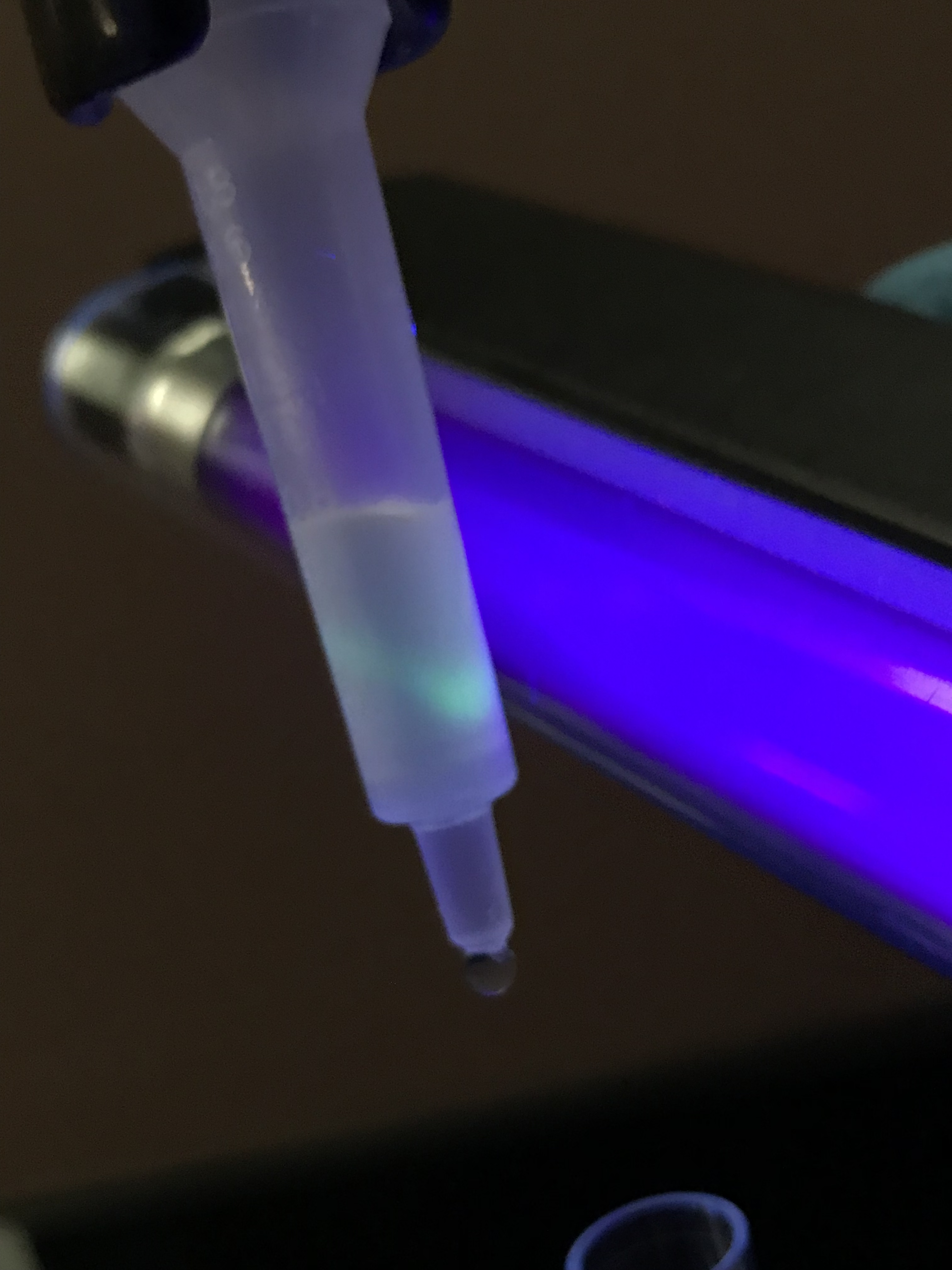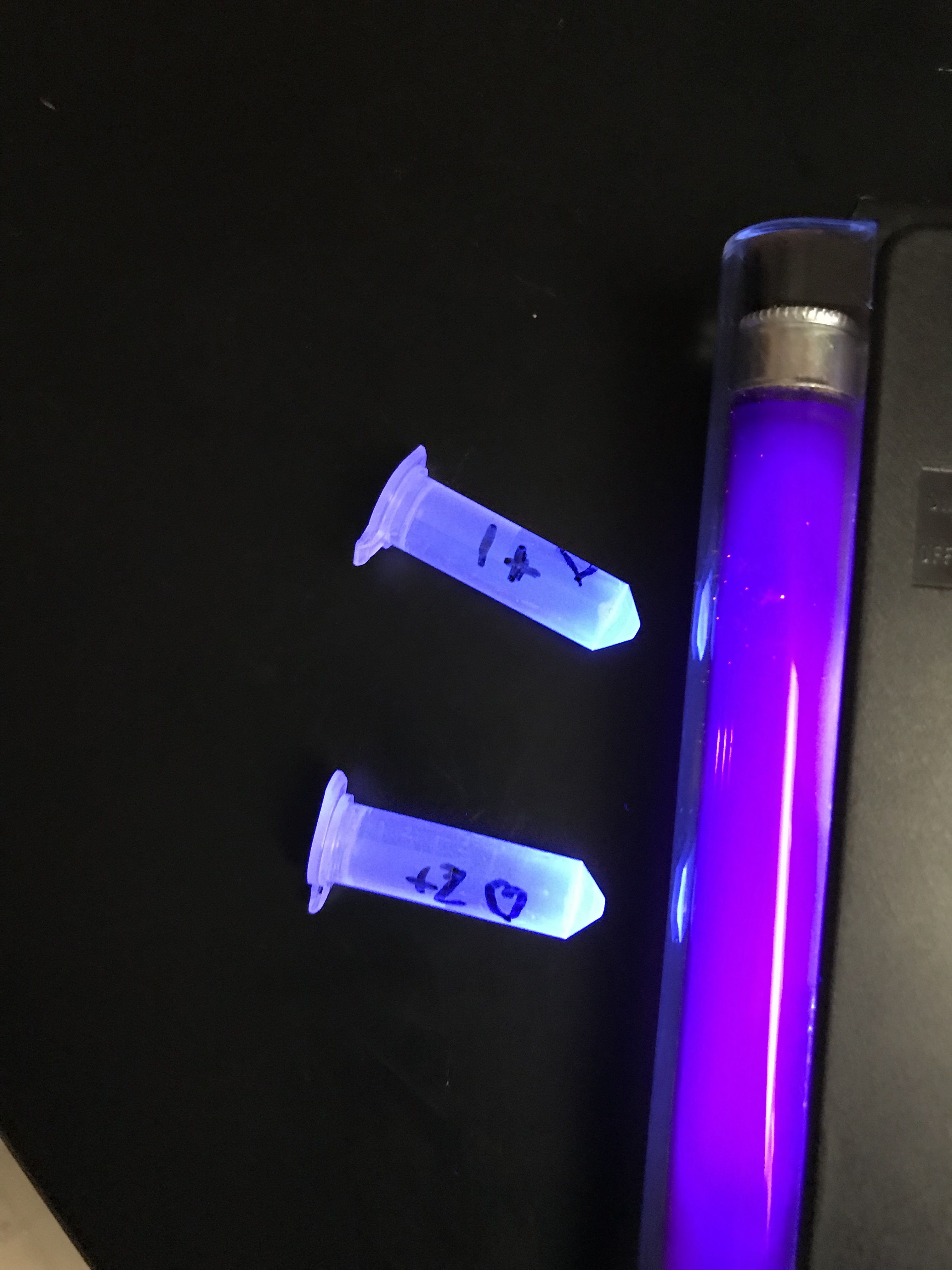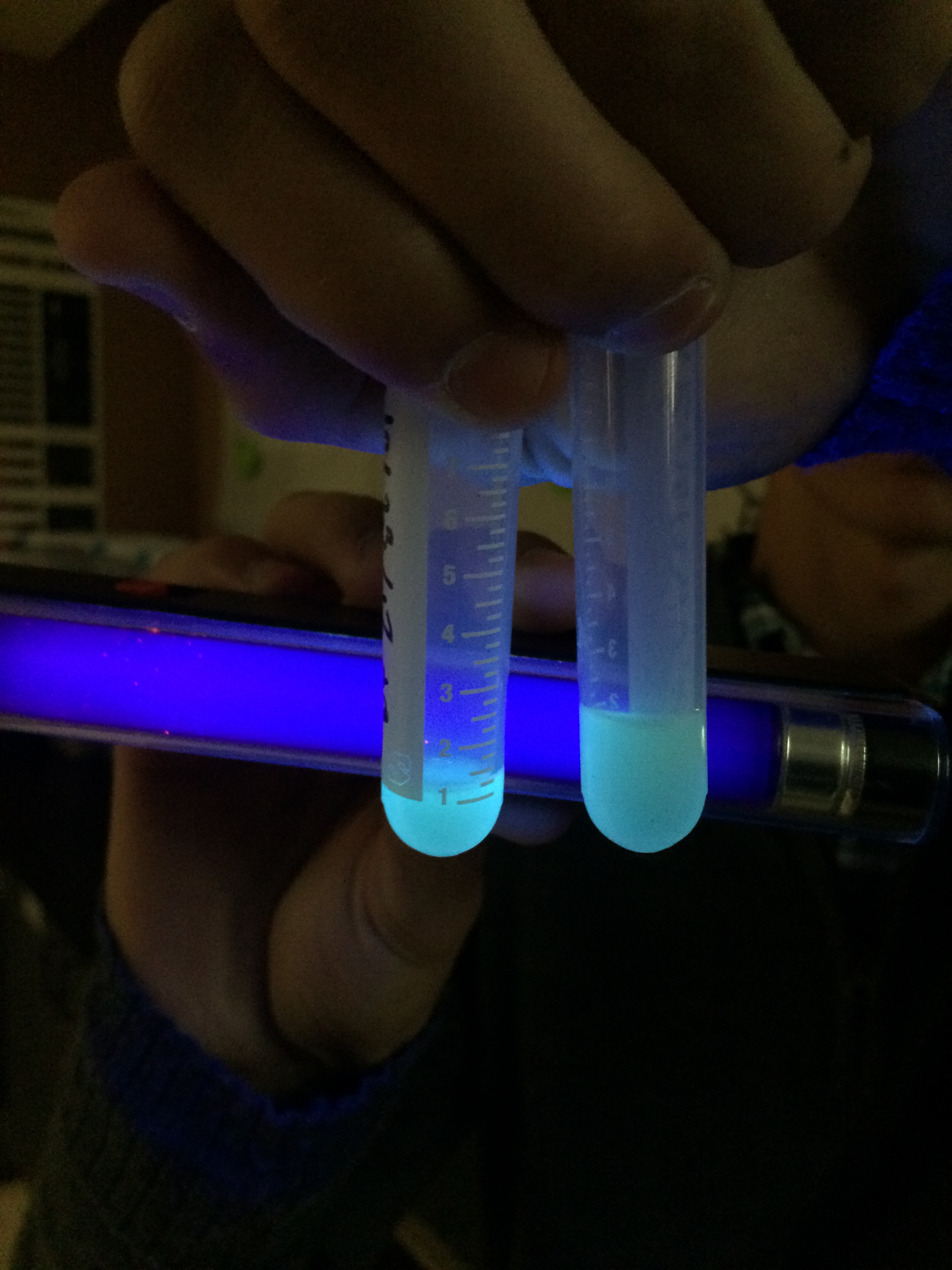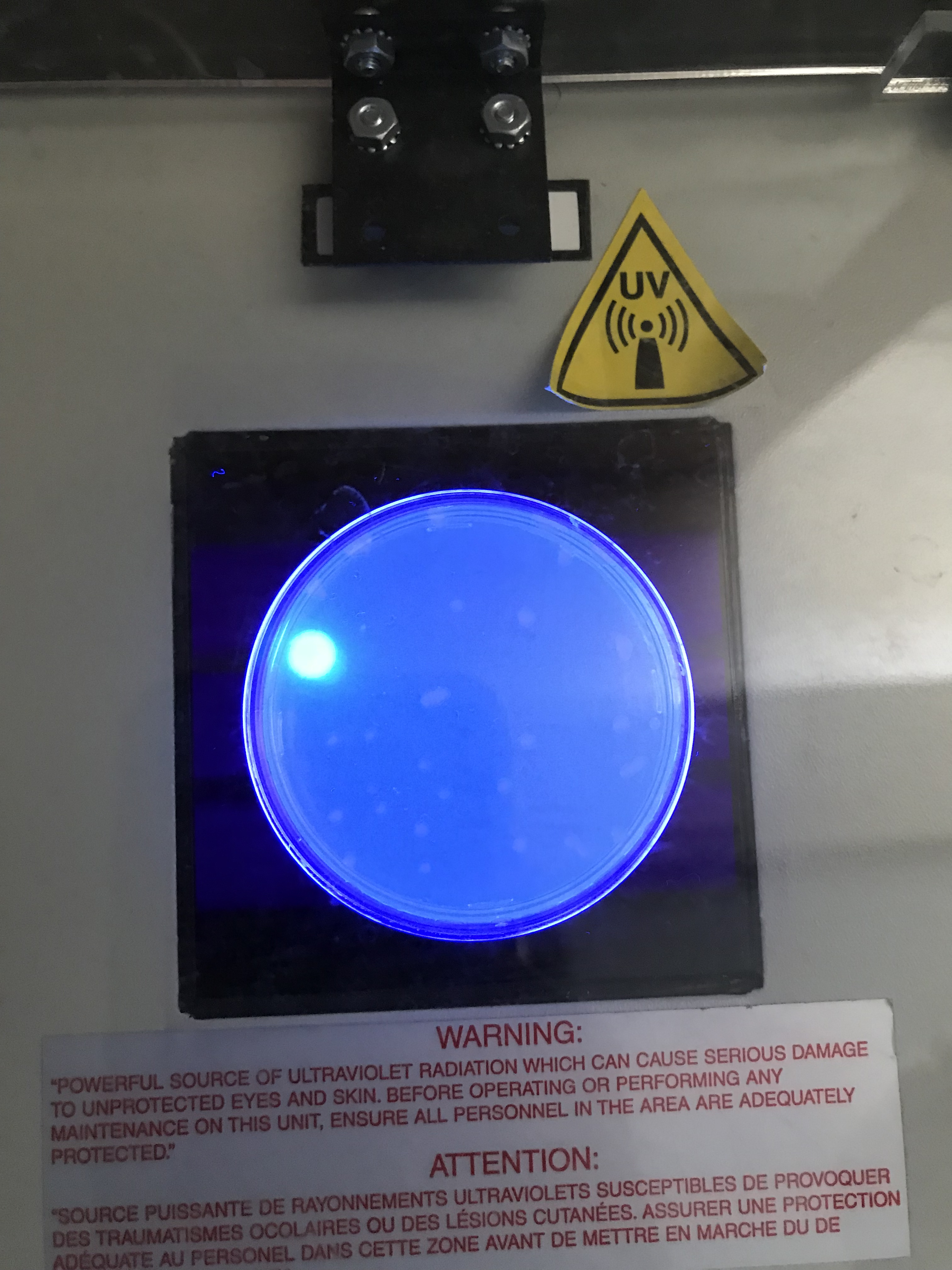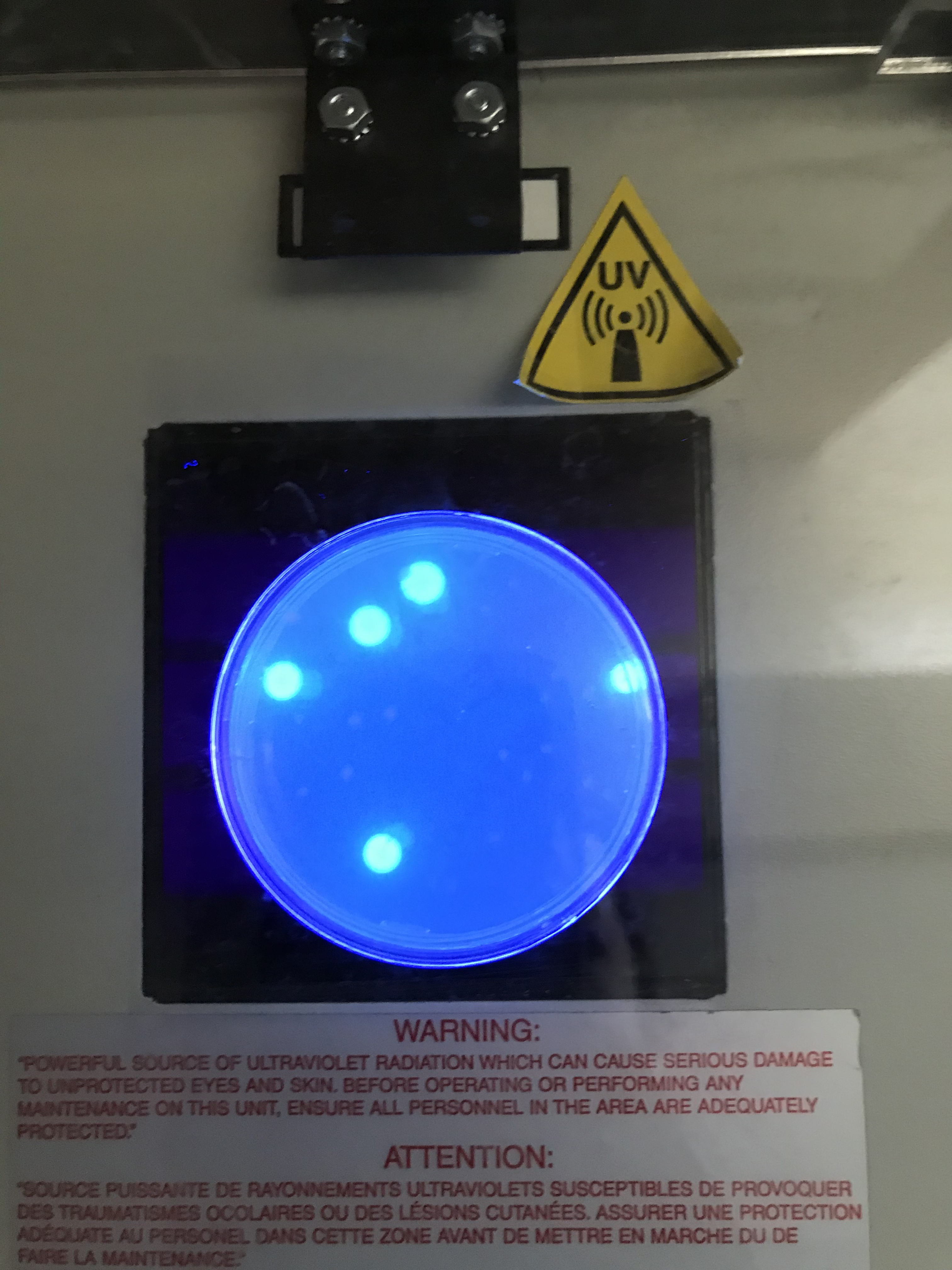The reason I have chosen to focus on the elimination of the plague in prairie dogs rather than in fleas is partially because of practicality and partially because of curiosity. After my project proposal I read a question from one of my class mates asking me why I chose not to focus on the initial host organism. Ideally you would think its best to eliminate an illness at its source because then it has no chance to spread. To be honest I had not even considered using CRISPR Cas9 on fleas instead of prairie dogs, mostly because of some tunnel vision. However, after thinking about it, I decided that it would be more beneficial to stay focused on my initial subject rather than altering my project.
This decision came down to a couple of factors. The main one being the lack of gene drive research on mammals. For the most part gene drive success has come through research on mosquitos and other insects, but not with mammals. It could go either way, but I felt that any research would benefit me and the group more if it was diverse and original. Any population modeling would be based on a slower gestation period and a different litter size. So, while slightly more complex, I thought that the best way to challenge myself and stay interested would be to tackle the prairie dog challenge.
Of course, my initial project and driving question had flaws, so through the development of my project I grew even more grateful that I didn’t alter the subject of my project. It turned out that dCas9 works great with mammals. There are a wide variety of activators and application examples in mammals. I would have focused on fertility reduction in flea populations, but instead I stuck with antibody production in prairie dogs which led me to dCas9. Now I feel like I have valuable new information to present to my classmates.
As I initially predicted, my decision to push through was actually very beneficial. While it challenged me at first, it also opened new doors to the world of gene regulation. I now know about many different tools to accomplish niche tasks. I think its very important to keep pushing the boundaries of CRISPR Cas9 technology because the components of the system each play different roles and have so much potential.
